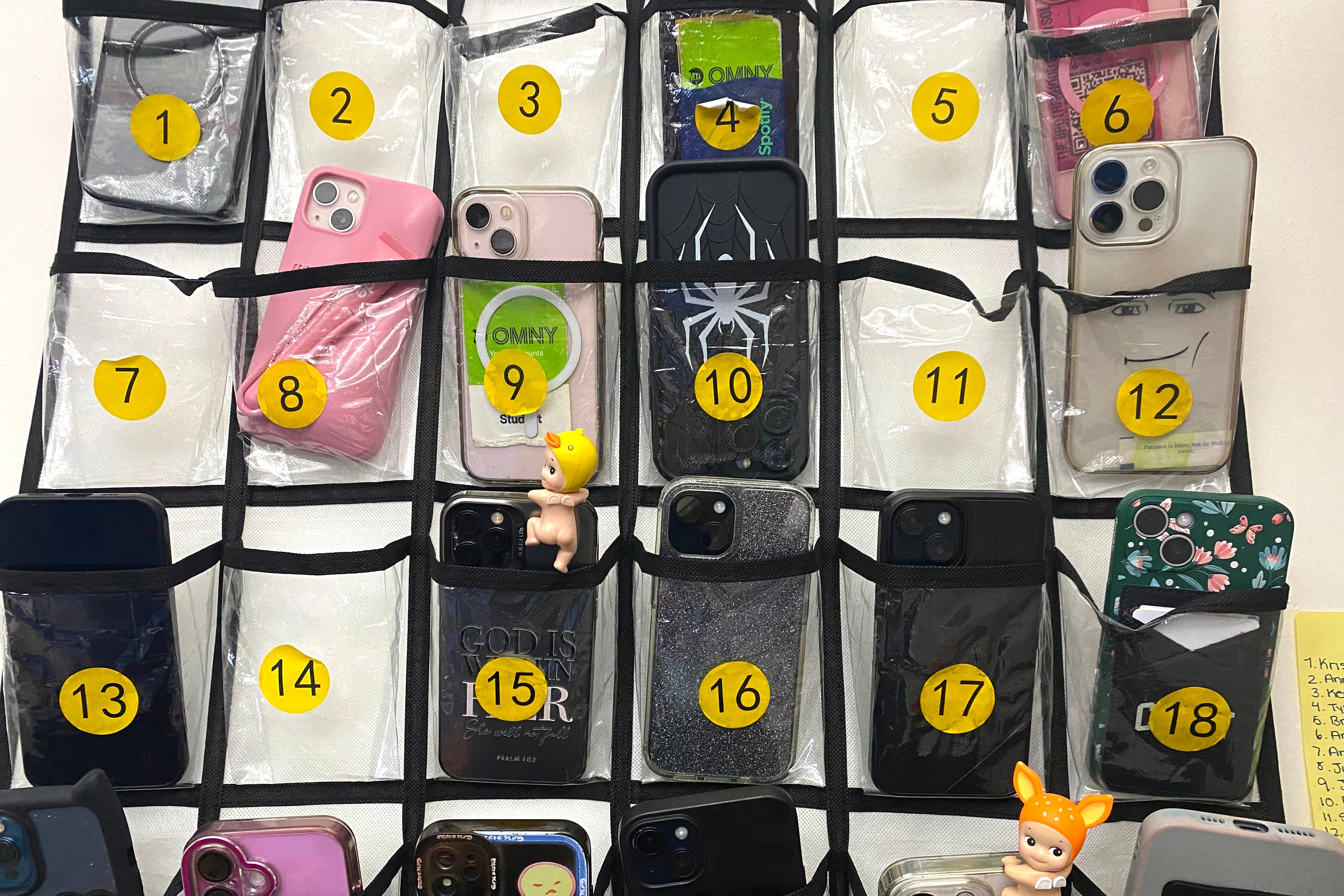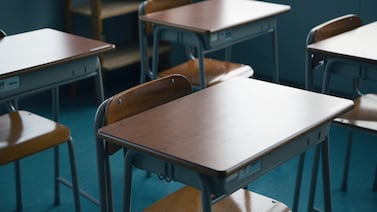Sign up for Chalkbeat New York’s free daily newsletter to get essential news about NYC’s public schools delivered to your inbox.
How much money is your school getting to implement the statewide “bell-to-bell” cellphone ban this school year?
Each New York City public school is entitled to one-time funding amounting to $25.90 per student, determined by the number of students in grades 3-12, according to Education Department documents.
For the city’s most densely populated schools, the price tag to implement the bans is eye-popping: Brooklyn Tech, the nation’s largest high school, is getting more than $145,000. Francis Lewis High School in Queens is getting more than $122,000, and Brooklyn’s James Madison High School is receiving more than $110,000.
In all, the city is sending more than $16 million to schools, according to the July 24 budget documents. City officials had previously said they earmarked $29 million, with the city contributing $25 million and the state kicking in $4 million. When asked about the discrepancy, Education Department officials said they plan to use the additional money to support schools as needs arise.
The funds can go toward purchasing pouches or setting up cellphone lockers from Education Department-approved sellers, including at schools that already had bans in place. Roughly 800 of the city’s 1,600 schools already collected phones or allowed students to carry their phones locked in pouches.
As of last month, 26 states banned or limited cellphone usage in K-12 schools, according to Ballotpedia.
Many New York City educators have been longing for a more consistent approach to cellphones. But some students — and their parents — are concerned about time-consuming storage logistics and the ability to connect during emergencies. Even though schools must provide at least one way for parents to contact their children in the case of an emergency, including a direct number for the school, some families say those numbers don’t always work.
And no policy will be foolproof: Students have found ways around the rules, putting dummy phones in storage lockers or figuring out ways to unlock the pouches. Possible consequences for violating the rules include confiscating devices. Though schools cannot suspend students solely for using devices during the school day, they can suspend for repeated refusal to surrender or store phones, the Education Department’s rules state.
Schools Chancellor Melissa Aviles-Ramos emailed a letter to families earlier this month, urging them to review the city’s recently revised school cellphone policy.
Her note included an anecdote from Urban Assembly Gateway School for Technology’s principal about how implementing a ban last year transformed the vibe in and out of the classroom.
“Within the first week, teachers were saying they were finishing lessons they used last year 5-10 minutes faster, because of the lack of interruption from phones and the increased engagement,” Principal Kristina Dvorakovskaya wrote. “The cafeteria actually felt like a high school! Students at tables were talking to each other. The yard was packed with kids playing sports.”
Students will not be allowed to use internet-enabled devices — including cellphones, tablets, and smart watches — during school hours while on campus, including school yards and athletic fields. (Students can take their devices if they go off campus for lunch.)
Exceptions to the ban include students with medical conditions, translation needs, and devices required by a student’s special education plan. Student caregivers might also be allowed to keep their devices on a case-by-case basis.
Amy Zimmer is the bureau chief for Chalkbeat New York. Contact Amy atazimmer@chalkbeat.org.






